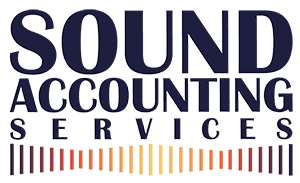You’re eyeing up some growth opportunities. This is likely to include buying goods from a supplier outside the UK and then delivering them directly to an overseas customer. What would be the VAT position?
Place of supply of goods
The basic rule for considering the place of supply of goods is that they are supplied where they are physically located when they are sold or allocated to the customer. In the simplest scenario goods that are located in the UK at the time they are supplied to a customer are treated as supplied in the UK and subject to UK VAT. If the goods are exported from the UK they can be zero-rated but the supplier has to fulfil certain criteria in terms of export evidence.
Goods that never come to the UK
It’s quite common for a business to buy goods from an overseas supplier and have them delivered directly to a customer that is also overseas.
Example. Acom is based in the UK and buys goods from Bcom based in China andhas them delivered directly to its customer, Ccom in the USA. This scenario can cause some confusion for Acom; is VAT chargeable, is the sale recorded on the VAT returnand what evidence will HMRC need to see?
In this example you have to look at the basic place of supply rules – are the goodslocated in the UK when they are sold to the customer in the USA and have they ever come to the UK? The answer is “no”, they are located in China; therefore, the place of supply is China and outside the scope of UK VAT. The sale is not subject to UK VAT but the net sales figure is reported in Box 6 of Acom’s VAT return and the purchase in Box 7.
Unlike an export from the UK there will be no formal export evidence to confirm zero-rating and this could be questioned by a VAT inspector during a visit. It’s therefore advisable to keep all available commercial documentary evidence showing that thegoods were purchased overseas and delivered directly to an overseas customer. The same rules would apply when goods are sold to a customer on the high seas during transit providing they don’t actually come to the UK.
Supplier and customer in the EU
Where Acom, in the UK, buys goods from a supplier in Germany (Bcom) and they are delivered directly to the customer (Ccom) in France, different rules apply – known as triangulation. The basic rule would be that the goods were supplied in Germany andAcom would be required to register for VAT in Germany. However, there’s a simplification that removes this requirement.
Simplify. Providing all the businesses are VAT registered in their own member state, Ccom will account for acquisition tax in France removing the requirement for Acom to register for VAT in Germany. To take advantage of the simplification Acom quotes its VAT number to Bcom allowing the supply to be zero-rated. Acom will invoice Ccom as a zero-rated supply quoting Ccom’s VAT number. Ccom will account for acquisition tax in France. Acom will be required to complete an EC sales list and record the sale on its VAT return.
Tip. Some member states require businesses to notify their tax authorities if they take advantage of the simplification so it’s worthwhile checking with the customer to see if there any further reporting requirements
Reproduced with the permission of Indicator – FL Memo Limited. For subscription information call 01233 653500;
